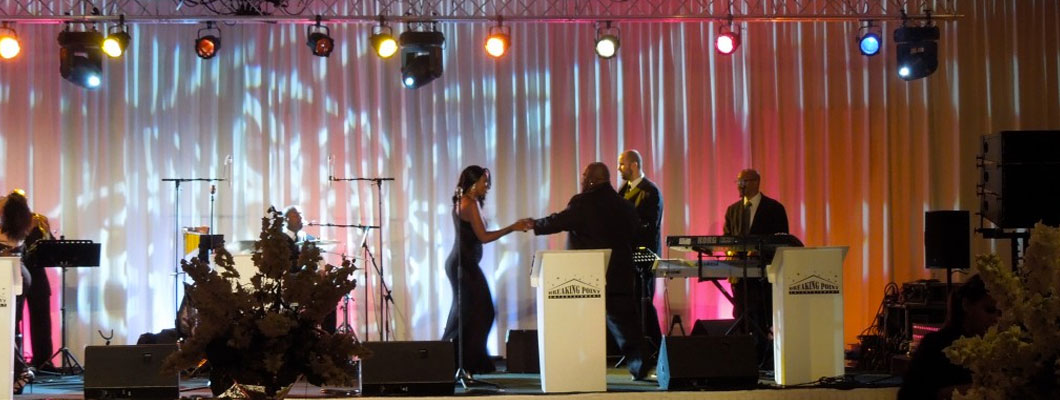Highlighting the Impact of Illumination Techniques on the Craft of Video Projections Mapping Techniques
Highlighting the Impact of Illumination Techniques on the Craft of Video Projections Mapping Techniques
Blog Article
Video mapping mapping is an innovative creative form that combines technology and innovation to convert common surfaces into remarkable sight displays. This method entails projecting images and footage onto 3D objects, such as structures, artworks, or stages. One of the key significant elements in creating successful mapping in the use of efficient illumination techniques. Proper illumination improves the aesthetic elements of the display and ensures that the images are crisp and engaging. This article explores the influence of illumination techniques on motion projection and how they can elevate the overall encounter.
Lighting plays a crucial role in motion projection because it sets the atmosphere and feel of the exhibit. Different lighting techniques can evoke various emotions and reactions from the viewers. For example, using gentle, warm lights can create a welcoming atmosphere, while vivid, cool illumination may create a more dynamic or intense effect. By carefully selecting illumination colors and brightness, artists can manipulate how viewers interpret the displayed images, leading to a more engaging experience. The balance between projection brightness and ambient light is essential, as it can greatly impact the clarity and impact of the images.
In addition to, hue and brightness, the angle of light also influences the efficacy of projection. Lighting from different angles can create contrast and highlights that introduce dimension to the mapped images. This method, known as light and shadow, can improve the 3D quality of the subjects being mapped. Furthermore, using dynamic illumination can introduce energy to the display, making the experience more video projection and storytelling engaging for the viewers. When the illumination collides with the mapped images, it can create an illusion of motion and change, grabbing the audience's attention.
Another essential aspect of lighting Recommended Reading in projection is the use of special features. Methods such as patterned illumination, which employs shapes and forms to project light, can add texture and intricacy to the projections. This method enables creators to superimpose visuals and create visually stunning effects that enhance the mapping. Additionally, incorporating laser lights or LED lights can further enhance the display, offering a distinct mix of visual elements that draw the audience in. These special effects, when used thoughtfully, can elevate the projection into a basic show to an engaging piece of creativity.
In conclusion, the impact of lighting techniques on video projection is profound. By understanding how different lighting components connect with mapped visuals, artists can create enthralling encounters that resonate with audience. The careful choosing of color, brightness, angle, and unique features enables for a rich canvas of visual narrative. As technology advances to evolve, the possibilities for creative expression in projection will only expand, making lighting an ever-important aspect in this progressive art medium.